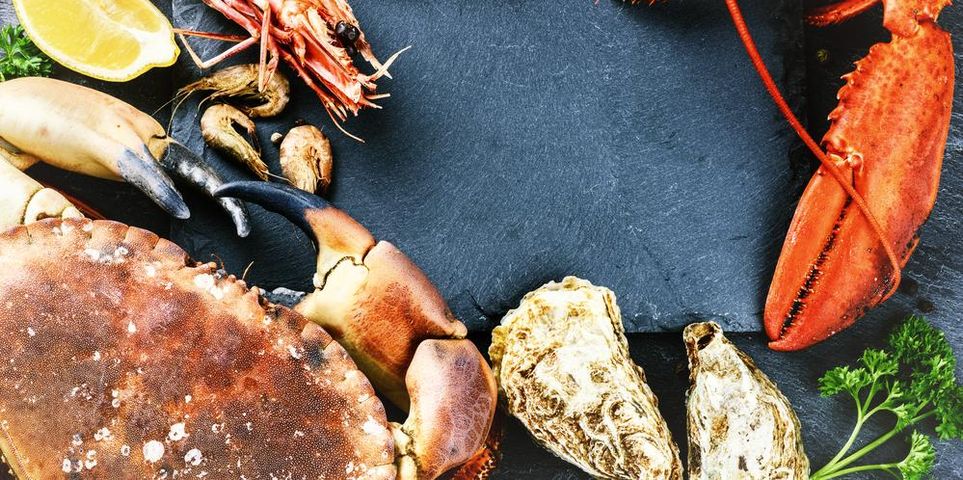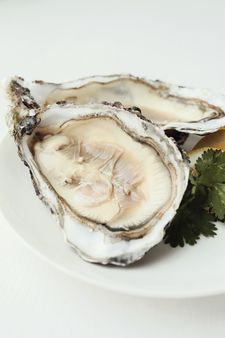Bon Secour Seafood Restaurant Shares 6 Fun Facts About Shellfish

The ambiance of a seafood restaurant is refreshing. While you’re eating, it doesn’t hurt to learn something interesting about your dish. You may love shellfish, for instance, but how much do you know about them? Tin Top Restaurant & Oyster Bar of Bon Secour, AL, shares six fascinating shellfish facts you may not be aware of.
6 Fun Facts About Crabs, Shrimp, & Oysters
1. Crabs Communicate With Claws
Shellfish may not socialize verbally as we do, but that doesn’t mean they aren’t talking. Crabs use their claws and pincers to communicate by waving them around or tapping them together to create sounds. This serves as a method of courtship, an aggressive signal from one male crab to another, and a warning to other crabs that predators are nearby.
2. Oysters Filter Water to Eat
 In the span of one day, an adult oyster can filter over 50 gallons of water. They’re capable of eliminating algae, dirt, and nitrogen pollution from a body of water. This incredible feat is simply the way they eat. Known as “filter feeders,” they gain sustenance by pumping large amounts of water through their systems and siphoning out nutrients.
In the span of one day, an adult oyster can filter over 50 gallons of water. They’re capable of eliminating algae, dirt, and nitrogen pollution from a body of water. This incredible feat is simply the way they eat. Known as “filter feeders,” they gain sustenance by pumping large amounts of water through their systems and siphoning out nutrients.
3. Some Crabs Can Swim
Generally, crabs are pictured scuttling along the ocean floor—or on your plate at your favorite seafood restaurant. But some, such as the blue crab, can actually swim. They have legs that act as paddles and a pair of back legs modified for swimming. Blue crabs belong to the single family of crabs that can swim, cleverly monikered “swimming crabs.”
4. Shrimp Can Lay a Million Eggs
A female shrimp can lay a million eggs in a single season. The eggs will only take two weeks to hatch, and offspring are essentially left to fend for themselves. They feed on plankton until they grow large enough to hunt in groups for larger meals. Most shrimp will only survive for a couple of years at best.
5. All Shellfish Have Gills
The fact that shrimp have gills might be common knowledge, but most people aren’t aware that all shellfish breathe through gills. This includes oysters, crabs, and lobsters. You may notice those three animals, in particular, tend to be found on land, and that’s because they can survive without water for quite a while. Oysters can live up to two weeks on dry land.
6. People Love Oysters
Despite their odd appearance, oysters are sought-after for their fresh, salty taste and smooth, jelly-like texture. Whether steamed with garlic butter, baked and topped with Parmesan, or served raw, people can’t get enough of them. Each year, about two billion pounds of oysters are eaten. This tradition goes so far into history that scientists have found human-built piles of the shells of consumed oysters, known as middens, dating back to 6950 B.C.
If you’re craving sautéed crab claws, oyster Po’ Boys, or shrimp Alfredo, Tin Top Restaurant & Oyster Bar can satisfy your needs. Family-owned and -operated, this seafood restaurant serves top-quality dishes and customer service to every visitor. With a wide variety of delicious options, even the pickiest eaters will be happy. Visit their website to view the full menu, or call (251) 949-5086 for inquiries. Like their Facebook page to stay updated on specials.
About the Business
Have a question? Ask the experts!
Send your question

